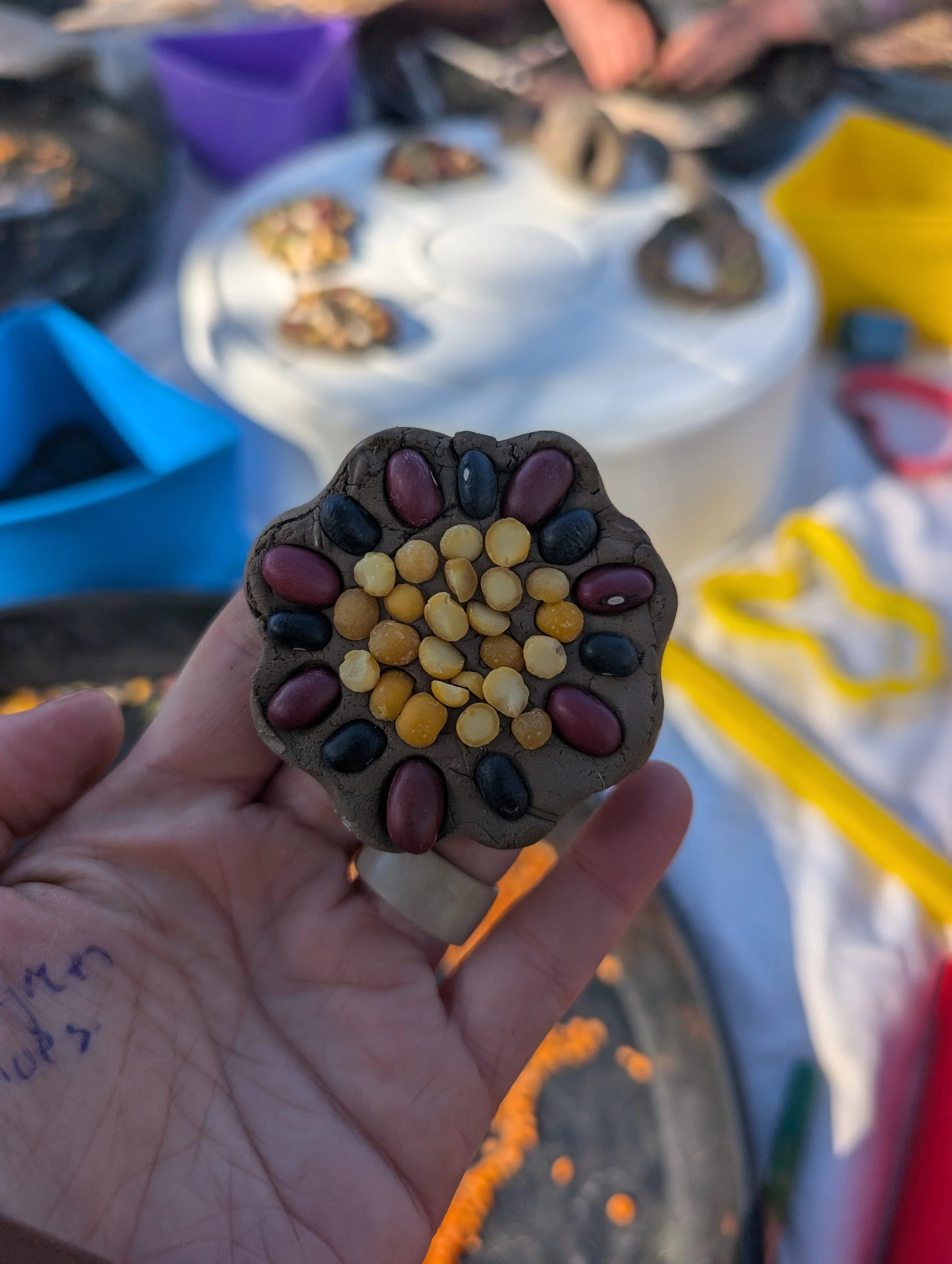Lets chat about being child-led and still offering themes
Freedom matters. Space to roam, to get bored, to play without instruction. That kind of space gives children time to grow into themselves. It helps build confidence, creativity, and curiosity.
It encourages a sense of purpose that comes from within, not from being told what to do.
Child-led learning is a term used to describe an educational approach where the child directs the learning process. It centres on the idea that learning happens best when it follows the child’s interests, needs, and pace. That includes real choice, meaningful engagement, and the opportunity to explore ideas in their own way.
You’ll see elements of child-led learning in unschooling, Reggio Emilia, and forest school approaches. These methods all value play, open-ended exploration, and self-directed discovery. They prioritise relationships, autonomy, and time to go deep with a single idea when it captures the child’s attention.
Sometimes people assume that offering a theme or activity means stepping away from being child-led. That structured ideas or planned invitations take away the freedom children need to lead.
In practice, it depends on how that structure is offered.
If a child is free to engage in their own time, to interpret the offering in their own way, or to opt out entirely without consequence, the control still sits with the child. The adult might set the stage, but the child decides how to enter and what they’ll do once they’re there.
This is still child-led learning.
Why I include themes in my sessions
As a home educating parent and someone who runs nature-based learning groups, themes are one way I bring rhythm and continuity into our weeks.
They’re not used to direct or control. They’re used to open a door.
We don’t move from activity to activity all day. Themed invitations are simply there for children who want to explore them. They offer new ideas, materials, and ways to connect with the world around them.
Themes can also:
support vocabulary development through repeated exposure
encourage deeper thinking and conversation
provide shared experiences without needing uniform outcomes
expose children to topics or ideas they may not stumble upon on their own
create a sense of flow over time, especially in seasonal or term-based learning
For home educators, this can be especially helpful. A theme gives some gentle structure to anchor learning without taking away the freedom of choice.
Themes are not the purpose. They’re one part of the environment.
How I hold both at once
Any theme or activity is offered as an invitation
Children can explore, adapt, ignore, or build on it in their own way
I watch what they return to and let that shape what I offer next
Free play is always available alongside anything planned
The focus is on the process, never the product
Being child-led means staying connected to their curiosity. It’s noticing what sparks something in them, and making room for that to grow. It’s about trusting their direction while offering steady support as they explore in their own way.
Offering a theme doesn’t take away their agency.
It simply gives one more path they can choose to follow, if and when they’re ready.
And often, it’s in that balance between invitation and independence where the richest learning takes place.


